#ngc 1788
Text
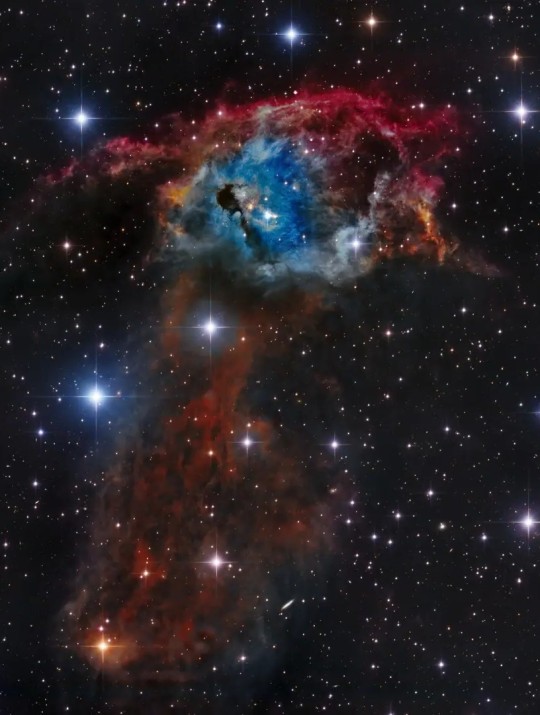
Cosmic Bat NGC 1788 in Orion © Daniel Stern
#space#astrophotography#nasa#ngc 1788#universe#night sky#stars#astronomy#planet#cosmos#galaxy#solar system
1K notes
·
View notes
Text
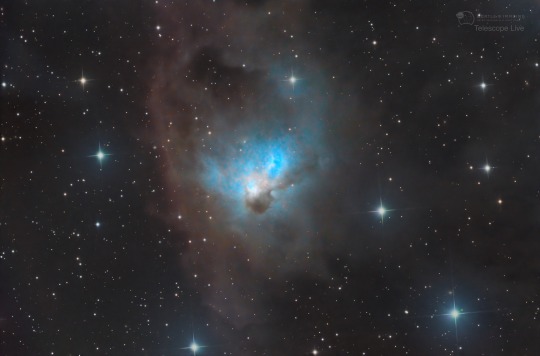
NGC 1788 // Reggie Jones
84 notes
·
View notes
Text
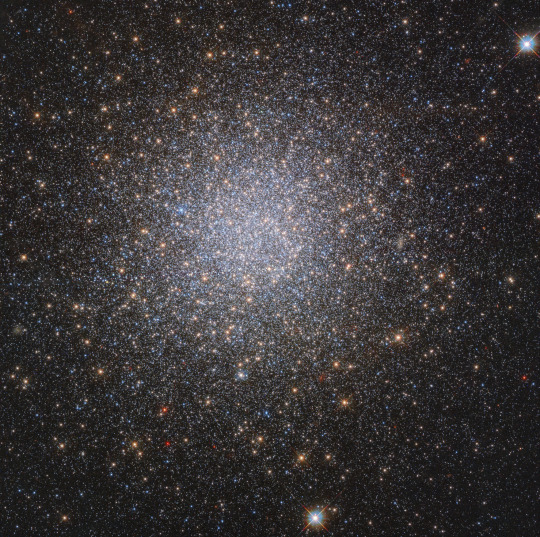
NGC 2419 is a globular cluster in the constellation Lynx. It was discovered by William Herschel on December 31, 1788. NGC 2419 is at a distance of about 300,000 light years from the Solar System and at the same distance from the Galactic Center.
NGC 2419 bears the nickname "the Intergalactic Wanderer," which was bestowed when it was erroneously thought not to be in orbit around the Milky Way. Its orbit takes it further away from the galactic center than the Magellanic Clouds, but it can (with qualifications) be considered as part of the Milky Way. At this great distance it takes three billion years to make one trip around the galaxy
Image Credit: ESA/Hubble & NASA, S. Larsen et al.
408 notes
·
View notes
Text

NGC 1788 and Pillars of Dust
#astronomy#nasa#astronomers#universe#astrophotography#nasa photos#astrophysics#outer space#nasawebb#hubble space telescope#i love astronomy#astrography#astronews#astronauts#astro community#astro notes#astro observations#astroblr#astrology observations#planetary nebula#nebula and quasar#veil nebula#heart nebula#nebula#planetary science#science#space science#space travel#space exploration#space
49 notes
·
View notes
Text
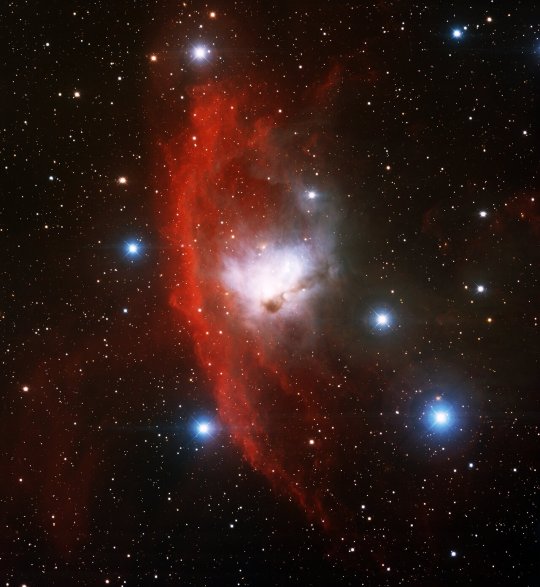
This image was obtained with the wide-field view of the Mosaic camera on the Mayall 4-meter telescope at Kitt Peak National Observatory. NGC 1788 is an unusual reflection nebula (bluish white at the center of the image) surrounded by a glowing red ring of hydrogen gas. The stars inside the nebula are only about a million years old, which is very young compared to most stars. The ring of glowing hydrogen gas is energized by nearby hot, massive stars not visible in the image. The image was generated with observations in the B (blue), I (orange) and Hydrogen-Alpha (red) filters. In this image, North is up, East is to the left.Credit:
T.A. Rector (University of Alaska Anchorage), H. Schweiker (WIYN and NOIRLab/NSF/AURA) & S. Pakzad (NOIRLab/NSF/AURA)
14 notes
·
View notes
Text
NGC2841
NGC 2841
NGC 2841 è una galassia a spirale visibile nella costellazione dell’Orsa Maggiore. Fu scoperta da William Herschel nel 1788. Può essere intravista con un telescopio con apertura pari o superiore ai 150 mm. La galassia NGC 2841 è il prototipo delle cosiddette "galassie flocculenti", ossia galassie i cui bracci a spirale sono brevi e frammentati; in particolare quelli della galassia NGC…
View On WordPress
0 notes
Text

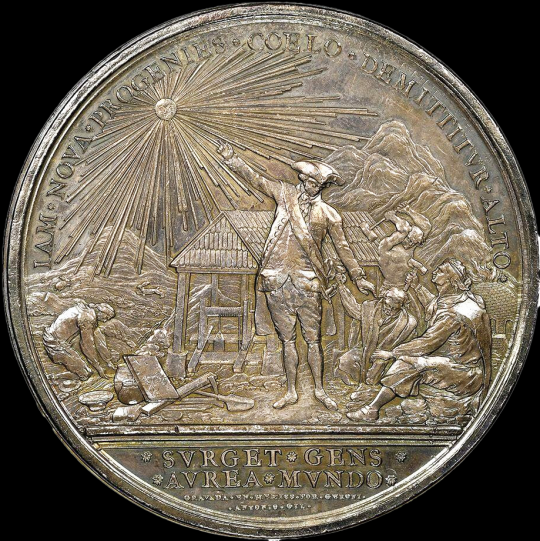
𝘾𝙤𝙡𝙡𝙚𝙘𝙩𝙞𝙤𝙣 𝙤𝙛 500 𝘽𝙧𝙤𝙣𝙯𝙚 𝙖𝙣𝙙 𝙎𝙞𝙡𝙫𝙚𝙧 𝙈𝙚𝙙𝙖𝙡𝙨 𝙤𝙛 𝙉𝙖𝙥𝙤𝙡𝙚𝙤𝙣 𝘽𝙤𝙣𝙖𝙥𝙖𝙧𝙩𝙚
LOT 629
Mexico Carlos III 1759-1788
Médaille en argent de Proclamation, naissance du Prince Ferdinand & Corporation de Mines de New Spain Silver, Mexico City , 1785, AG 62 mm par By G. A. G
Ref : Grove K-82A
Conservation : NGC AU 55
BID HERE 👇🏻
https://www.biddr.com/auctions/gadoury/browse?a=3104
#auctioncoins#coinauction#coinauctions#monnaie#monnaies#monnaieancienne#numismatique#numismatics#numismatic#münze#münzen#collectiblecoins#coincollection#coincollections#coinscollection#貨幣学#コイン#numismatist#numismatists#coinjewelry#coinjewellery#rarecoins#rarecoin#ngccoin#ngccoins#goldcoins#goldcoin#silvercoin#silvercoins
0 notes
Photo
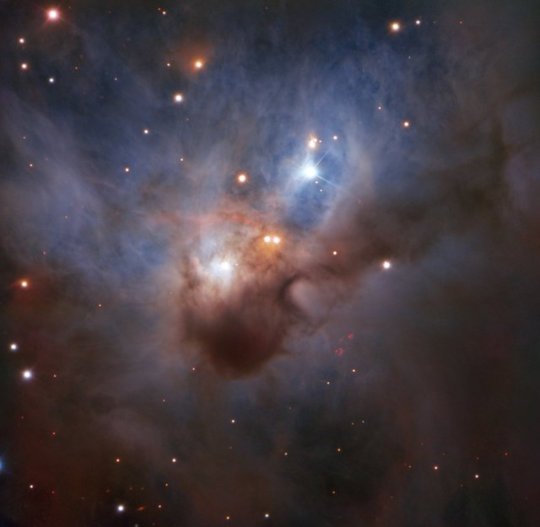
A Cosmic Bat in Flight
Hidden in one of the darkest corners of the Orion constellation, this Cosmic Bat is spreading its hazy wings through interstellar space two thousand light-years away. It is illuminated by the young stars nestled in its core — despite being shrouded by opaque clouds of dust, their bright rays still illuminate the nebula. Too dim to be discerned by the naked eye, NGC 1788 reveals its soft colours to ESO's Very Large Telescope in this image — the most detailed to date.
Credit: ESO
#space#astronomy#cosmos#science#astrophotography#universe#cosmology#NGC 1788#nebula#VLT#Very Large Telescope
523 notes
·
View notes
Photo

Cosmic Bat Nebula
44 notes
·
View notes
Photo

Most detailed portrait of Cosmic Bat Nebula Taken by VLT Hidden in one of the darkest corners of the Orion constellation, this Cosmic Bat is spreading its foggy wings through interstellar space two thousand light-years away.
#constellation of Orion#Cosmic bat#ESO#NGC 1788#Space Science#The Hunter#Very Large Telescope (VLT)#VLT
0 notes
Photo

NGC-1788 - Fox Face Nebula
#NGC-1788#Fox Face Nebula#nasa#stargazing#astrophoto#astrophotography#galaxy#astronomy#universe#space#nebula#spinningblueball#milky way#milky way galaxy#star#thespinningblueball#milkywaygalaxy#spacephotography#nightsky#starrynight#milkywayphotography#astrophotos#starscape#cosmos#telescope#hubble#chandra#spitzer#hubble telescope#chandra telescope
316 notes
·
View notes
Text

NGC 1788 in Orion © Mark Hanson
#nebula#space#nasa#universe#astrophotography#galaxy#stars#planet#solar system#astronomy#ngc 1788#night sky#planets#cosmos
1K notes
·
View notes
Text

The Foxface Nebula, NGC 1788 // Vancrest
#astronomy#astrophotography#nebula#emission nebula#reflection nebula#star-forming region#foxface nebula#NGC 1788#orion
35 notes
·
View notes
Text

NGC 1788 (Orion constellation)
Credit: ESO
785 notes
·
View notes
Text

NGC 1961 lies approximately 60 million parsecs (197 million light-years) away in the constellation of Camelopardalis.
The galaxy was discovered by the German-born British astronomer William Herschel on December 3, 1788.
Otherwise known as Arp 184, IC 2133, LEDA 17625 and UGC 3334, it is more than 220,000 light-years across — over two times larger than our Milky Way Galaxy.
NGC 1961 is the central member of the NGC 1961 group, a small group of nine galaxies.
“NGC 1961 unfurls its gorgeous spiral arms in this newly released image,” Hubble astronomers said.
“Glittering, blue regions of bright young stars dot the dusty spiral arms winding around the galaxy’s glowing center.”
NGC 1961 is classified as both an intermediate spiral galaxy and an active galactic nucleus (AGN).
“Intermediate spirals are in between barred and unbarred spiral galaxies, meaning they don’t have a well-defined bar of stars at their centers,” the astronomers explained.
“AGN galaxies have very bright centers that often far outshine the rest of the galaxy at certain wavelengths of light.”
“These galaxies likely have supermassive black holes at their cores churning out bright jets and winds that shape their evolution.”
“NGC 1961 is a fairly common type of AGN that emits low-energy-charged particles.”
19 notes
·
View notes
Text
Ngc 1788
NGC 1788 è una nebulosa diffusa osservabile nella costellazione di Orione. Si individua circa 2 gradi a nord della stella β Eridani, nella parte occidentale della costellazione; ha delle dimensioni relativamente ridotte e può essere osservata con un potente telescopio o nelle foto a lunga posa. La nebulosa riflette la luce delle stelle vicine, in particolare di un astro di decima magnitudine,…
View On WordPress
0 notes